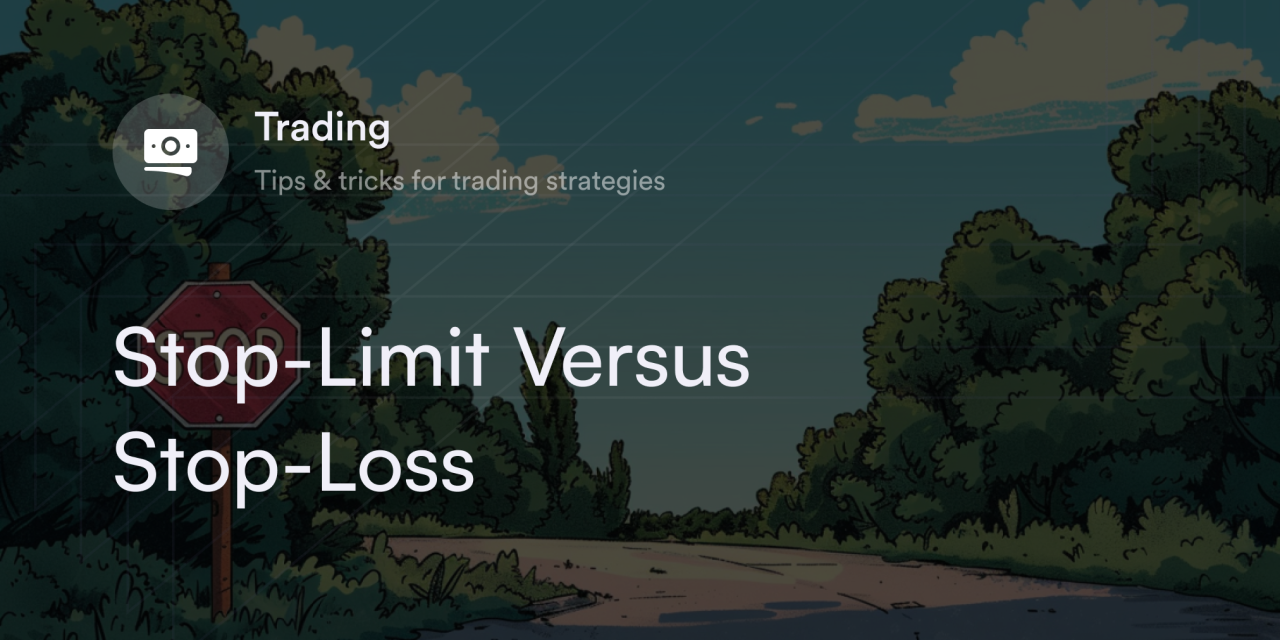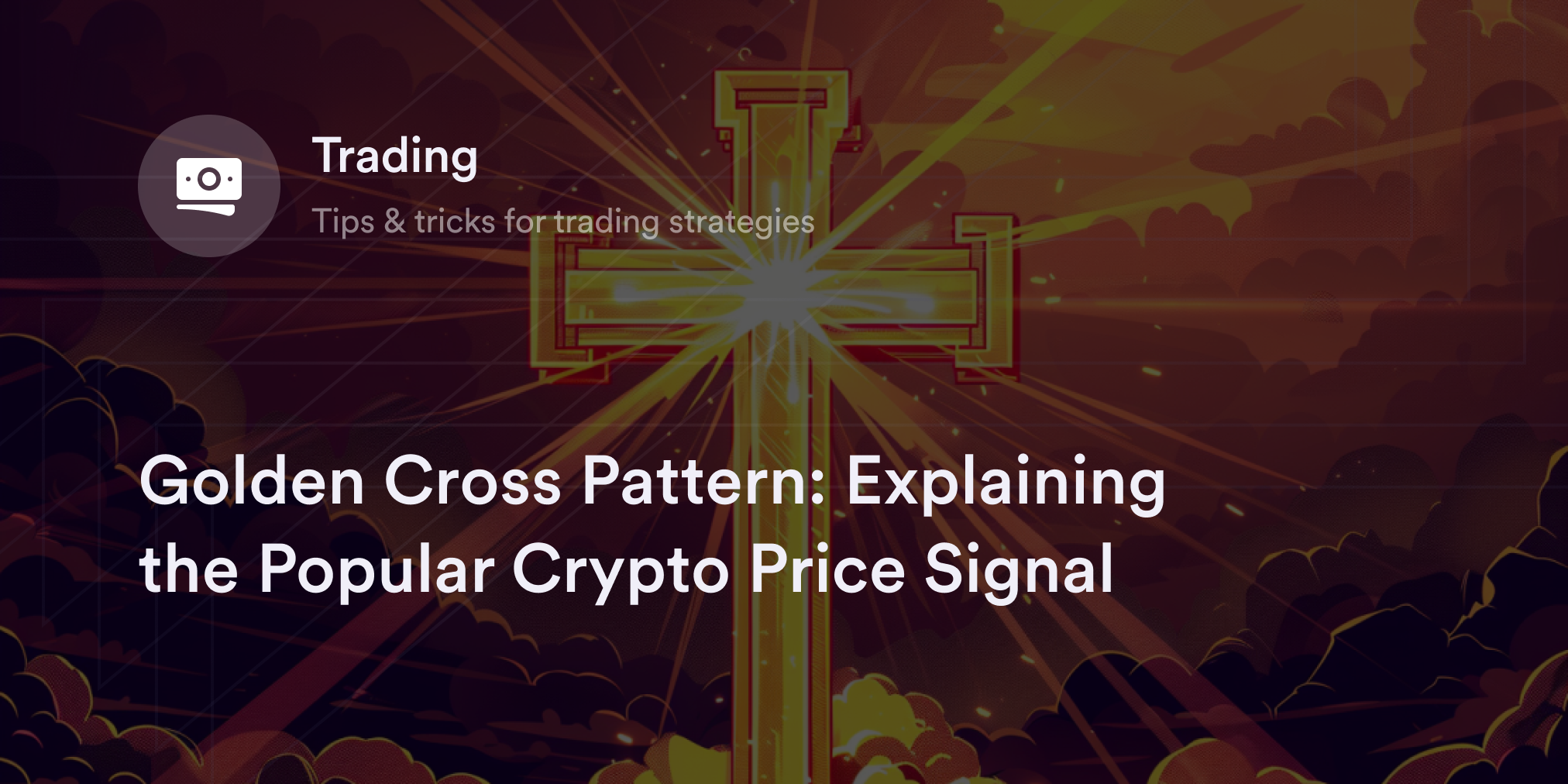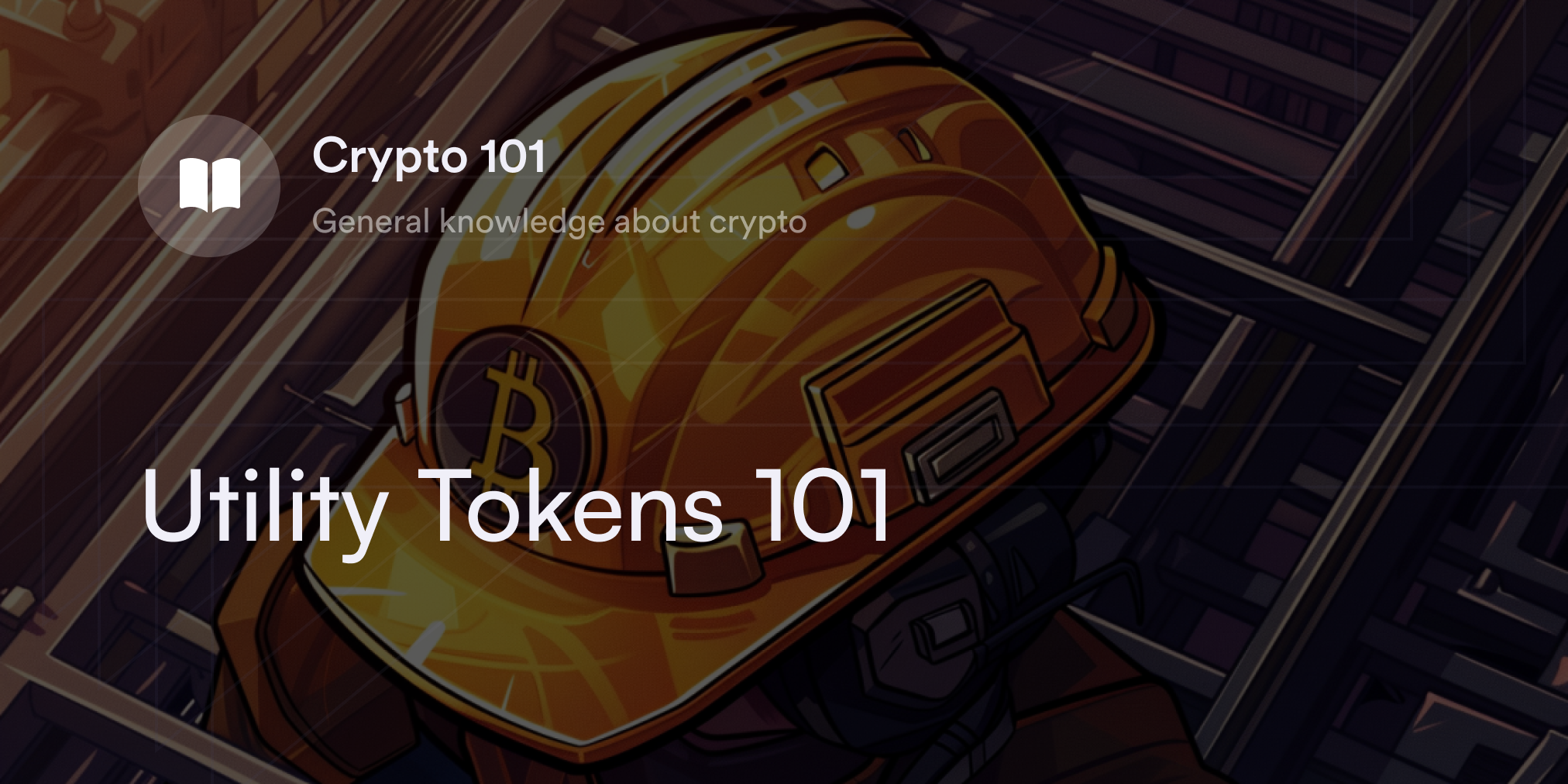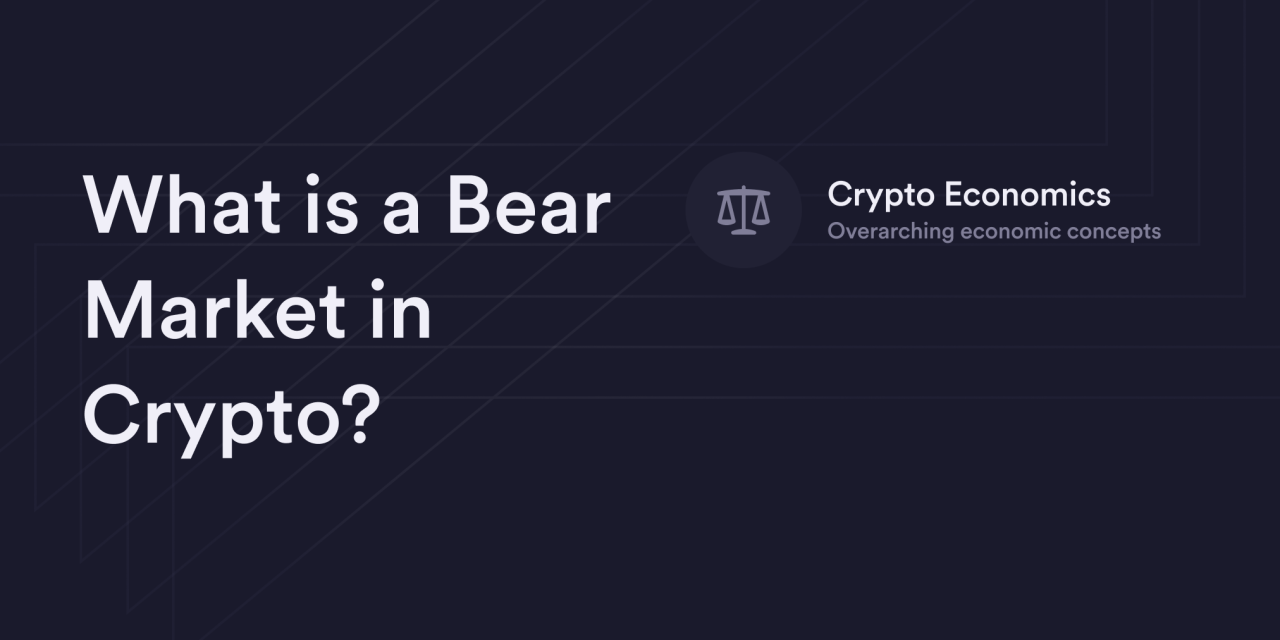


Trading cryptocurrencies like Bitcoin (BTC) and Ethereum (ETH) requires patience, planning, and attention to detail.
As a newer, smaller, and more speculative asset class, cryptocurrencies tend to move up and down in value faster than traditional assets, such as stocks or bonds. To manage these price fluctuations, traders use risk management tools—often stop-loss or stop-limit orders—to protect their portfolios and minimize losses.
Understanding the differences between stop-loss versus stop-limit orders is important for those interested in trading digital assets. With these trading strategies in place, traders might mitigate their chances of taking on losses, even in volatile markets.
Market, Limit, and Stop Orders
In financial markets, an “order” is an instruction to buy or sell an asset. When traders want to enter or exit a trade, they must submit an order to their exchange to either acquire or liquidate a position. There are two fundamental order types:
Market orders: A market order is an instruction to immediately buy or sell an asset at the best available price when the order is placed. When using this type of order on highly liquid assets, it’s likely a trade will go through close to the price displayed when the trader clicks on "buy" or "sell." However, in less liquid markets, the trader may not pay or receive the expected price. Because market orders don’t fill at a specific dollar amount, traders must accept the current market price once the order goes into effect. Financial markets are constantly in flux, so there’s a chance the “best price” a market order closes at is above or below the quoted price.
Limit orders: With a limit order, a trader specifies the price at which they’re willing to buy or sell an asset. Unlike market orders, limit orders don’t go into effect until the market price hits a trader’s “limit price.” For example, if a trader wants to sell 1 ETH at $1,500, ETH must trade at $1,500 before a limit order executes. Although limit orders give traders greater control over their profits or losses, they don’t go into effect until the market price matches the limit price—which could take an extended amount of time.
“Stop orders” are another trading strategy, one similar to limit orders. When using a stop order, the trader sets a “stop price” to trigger a buy or sell order on their exchange. The moment that condition is met, it triggers a market order executed at the current market price. This means that, unlike limit orders, the execution price of a stop order may be different from the price set by the trader.
For instance, if someone sets a stop price to buy 1 BTC at $20,000, the stop order transitions to a market order once BTC reaches $20,000. However, the actual best market price when the order goes through could be above or below the stop price. On the other hand, a limit order to buy 1 BTC at $20,000 is only triggered when the exchange can execute the order at $20,000 or less.
What’s a Stop-Loss Order?
A “stop-loss order” is a specific type of stop order used to prevent significant losses. Traders put stop-losses in place to manage risk and preserve as much money as possible if a trade doesn’t work in their favor.
The “stop price” of a stop-loss order is either below the price at which the trader bought an asset or above the price they “shorted” it at. “Shorting” in traditional finance refers to borrowing funds from a brokerage to sell an asset, like a stock, hoping it will decrease in value. On dYdX, you can go “short” on a crypto asset like Bitcoin by selling a perpetual swap. This position would then become profitable if BTC declined in value. However, if BTC rose in price compared to when the trader sold the short perpetual position, the position would lose money.
Setting a “stop-loss sell order” means a trader is willing to sell an asset at a lower price than they paid to cap potential losses. For example, if a person bought 1 BTC at $20,000 and set a stop-loss sell price at $15,000, they would automatically sell their BTC position at a $5,000 loss if it dropped to the sell price.
By contrast, “stop-loss buy orders” allow traders to buy a cryptocurrency at a higher price than they shorted it. Since rising prices are bad for short sellers, some traders set buy-stop orders to close their position at a loss in case their asset skyrockets. For instance, a trader who shorted BTC at $20,000 may set a stop-loss buy order at $25,000 to limit their loss to $5,000.
What’s a Stop-Limit Order?
Stop-limit orders use a stop price and a limit price to give investors greater control over their trades. When setting up a stop-limit order, traders set a “stop price” when their order enters the market and a “limit price” when they want the order to execute. So, even if a stop price triggers, the stop-limit order won’t close until the asset hits the target limit price.
To better illustrate this point, let’s look at a stop-limit order example. Suppose Ethereum is trading at $2,000 per coin and a crypto trader wants to sell 1 ETH at no less than $1,200. In this case, the trader could set a stop-limit sell order with a stop price of $1,500 and a limit price of $1,200. If Ethereum’s price falls to $1,500, the trader’s sell-stop order will become a limit order of $1,200. Therefore, ETH must be worth at least $1,200 before the limit order goes into effect.
It’s important to understand that stop-limit orders don’t have to close at a loss. Unlike stop-loss orders, traders can use a stop-limit order to pre-set a trade if a cryptocurrency goes above their initial position (also called a “take-profit order”).
A trader might set a stop price of $2,500 and a limit price of $2,300 per ETH. In this scenario, ETH first has to cross $2,500 for the $2,300 limit order to enter the market. If ETH falls to $2,300 after hitting $2,500, the stop-limit trader will pick up a profit as their limit order closes. However, if ETH continues rising after reaching $2,500, the trader holds the asset and realizes more gains.
Choosing Between Stop-Loss and Stop-Limit Orders
When it comes to stop-loss and stop-limit orders, neither is objectively better than the other. Making an effective choice between the two depends on a trader’s preferences, priorities, and strategy.
Traders most concerned about closing their positions (rather than the exact price of their trade) prefer stop-loss market orders. Since stop-loss orders don’t have a specific closing price, they automatically close after a cryptocurrency crosses the “stop price.” On the other side, this makes their positions extremely likely to close after reaching the stop price. However, there’s a greater chance the final value of a stop-loss market order will be more or less than a trader anticipated. Since prices are constantly moving and these orders only take the best current market price, traders should expect variation between the quoted and actual trade values (a factor called “slippage”).
Stop-limit orders are better for traders interested in closing a position at a specified price. Because stop-limit orders have more specific price parameters, they may take much longer to go into effect than a market order. However, the combination of stop and limit prices gives traders more options to customize their trades and specify their preferred losses or gains. If a stop-limit order goes through, traders know their position closed at or very close to their target price level.
Traders hesitant to sell an asset may also prefer stop-limit orders to manage their portfolios. Stop-limit orders don’t close until both the stop and limit prices trigger, so investors have more opportunities to evaluate their trading decisions. Even if a cryptocurrency passes the stop price, people have the time to reevaluate their position and cancel their limit order if there’s a wide enough gap between the stop and limit prices.
Enjoy Advanced Cryptocurrency Trading Tools on dYdX
dYdX gives cryptocurrency traders access to dozens of advanced trading tools such as stop-limit, take-profit, and stop-loss orders to adjust their risk profile. To learn more about setting up orders, check out our Academy. And to get more dYdX-related updates, head to our blog. Also, check out our exchange page to start trading on dYdX today!
Disclaimer
The content of this article (the “Article”) is provided for general informational purposes only. Reference to any specific strategy, technique, product, service, or entity does not constitute an endorsement or recommendation by dYdX Trading Inc., or any affiliate, agent, or representative thereof (“dYdX”). Use of strategies, techniques, products or services referenced in this Article may involve material risks, including the risk of financial losses arising from the volatility, operational loss, or nonconsensual liquidation of digital assets. The content of this Article does not constitute, and should not be considered, construed, or relied upon as, financial advice, legal advice, tax advice, investment advice, or advice of any other nature; and the content of this Article is not an offer, solicitation or call to action to make any investment, or purchase any crypto asset, of any kind. dYdX makes no representation, assurance or guarantee as to the accuracy, completeness, timeliness, suitability, or validity of any information in this Article or any third-party website that may be linked to it. You are solely responsible for conducting independent research, performing due diligence, and/or seeking advice from a professional advisor prior to taking any financial, tax, legal, or investment action.
You may only use the dYdX Services in compliance with the dYdX Terms of Use available here, including the geographic restrictions therein.
Any applicable sponsorship in connection with this Article will be disclosed, and any reference to a sponsor in this Article is for disclosure purposes, or informational in nature, and in any event is not a call to action to make an investment, acquire a service or product, or purchase crypto assets. This Article does not offer the purchase or sale of any financial instruments or related services.
By accessing this Article and taking any action in connection with the information contained in this Article, you agree that dYdX is not responsible, directly or indirectly, for any errors, omissions, or delays related to this Article, or any damage, injury, or loss incurred in connection with use of or reliance on the content of this Article, including any specific strategy, technique, product, service, or entity that may be referenced in the Article.







